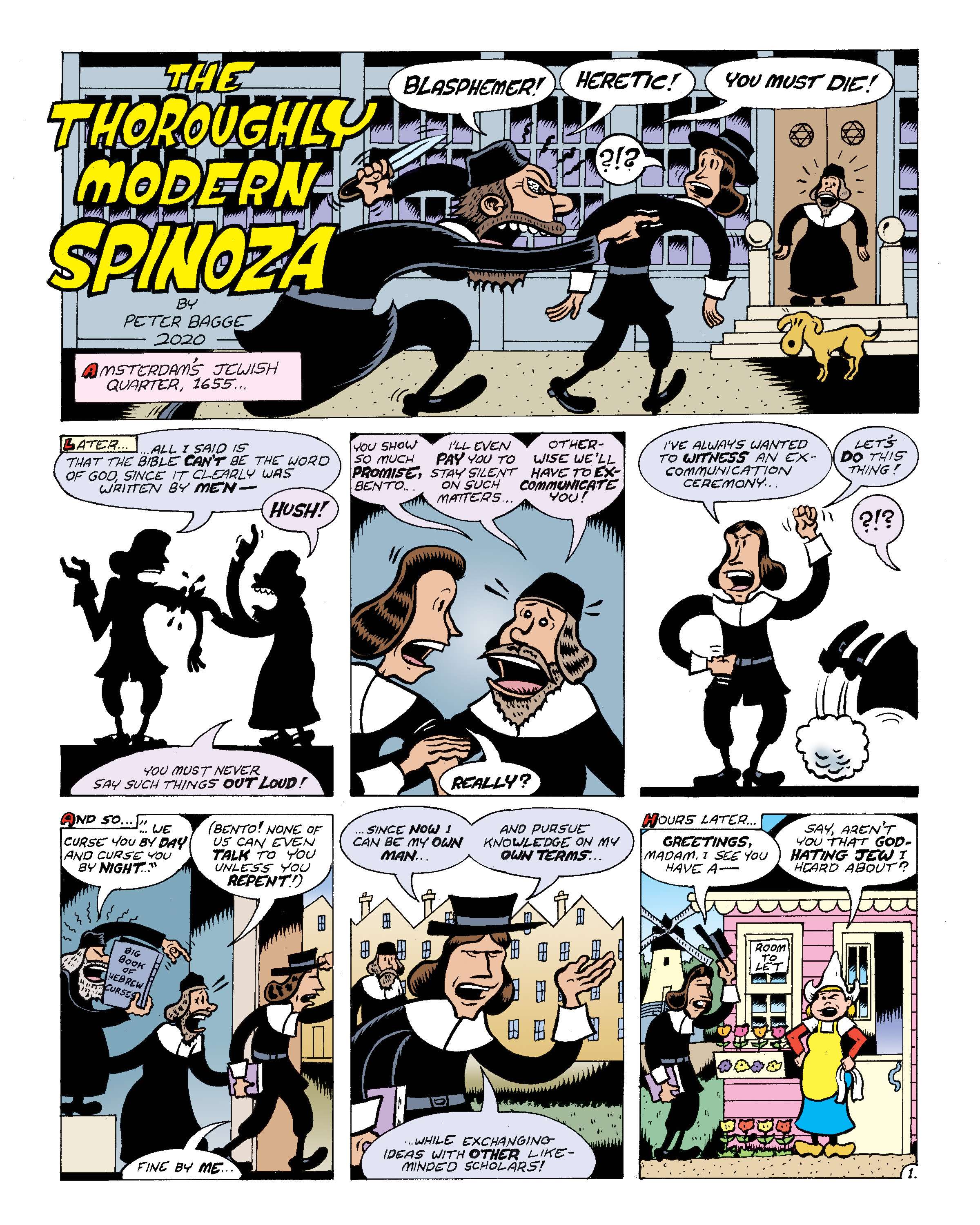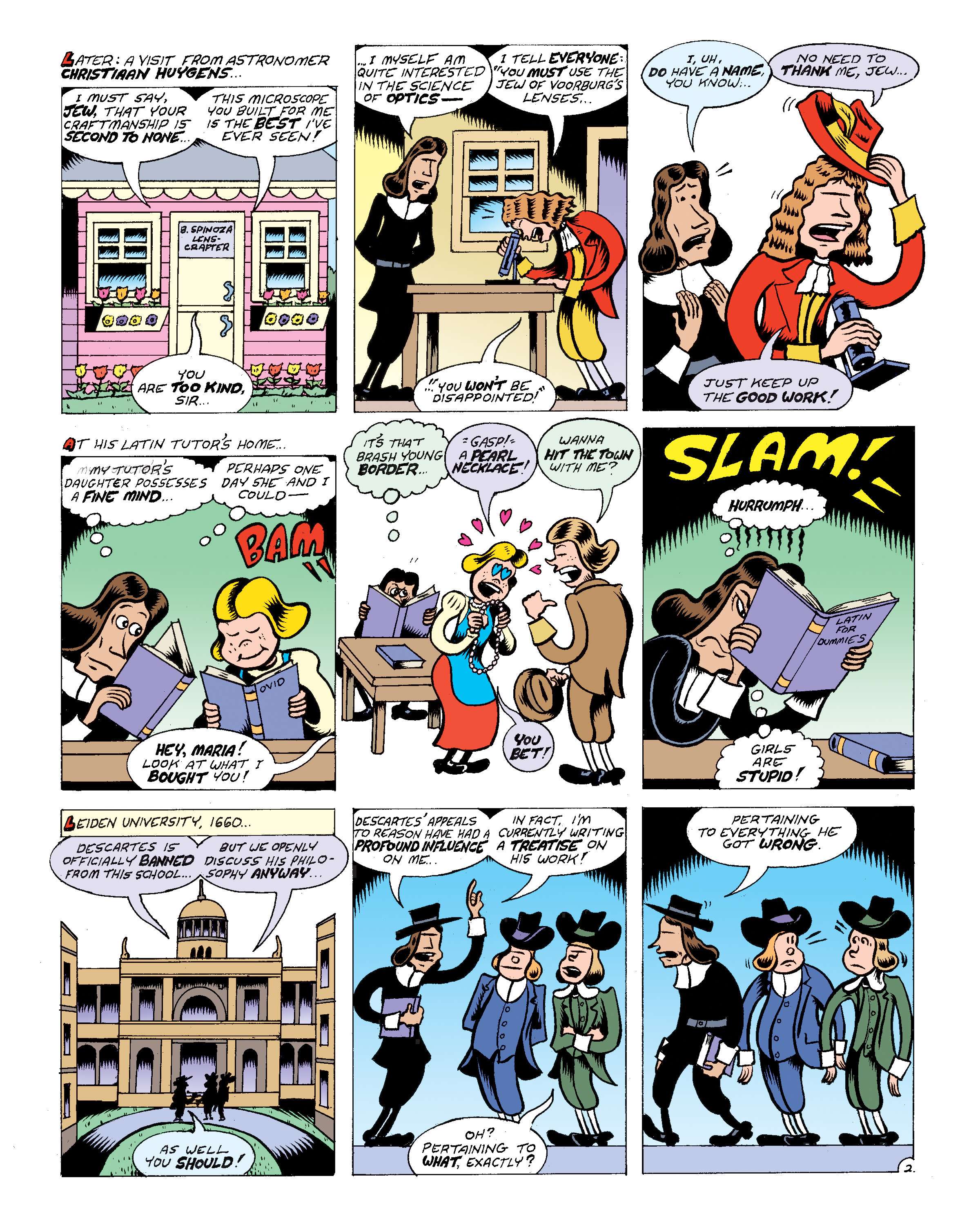From a Texas Attorney General opinion issued yesterday (No. KP-0296):
Dear Representative Burrows:
You ask whether city or county officials may prohibit the sale of firearms through an emergency declaration that excludes firearms retailers as essential businesses.
Multiple provisions within the Government Code recognize governmental entities in Texas may require additional authority during times of disaster to address emergency situations. Relevant here, the Legislature authorized the presiding officer of a governing body of a municipality or county to declare a local state of disaster. {Your question is limited to municipal or county authority to restrict the sale of firearms. You do not ask about, and we do not address, any emergency authority the Governor has to limit or suspend the sale of firearms during a disaster declaration. See Tex. Gov’t Code § 418.019 (“The governor may suspend or limit the sale, dispensing, or transportation of alcoholic beverages, firearms, explosives, and combustibles.”).}
Once a local state of disaster has been declared, the “county judge or the mayor of a municipality may control ingress to and egress from a disaster area under the jurisdiction and authority of the county judge or mayor and control the movement of persons and the occupancy of premises in that area.” Pursuant to that authority, some counties and municipalities in Texas, in recent days, declared local disasters due to the spread of the disease COVID-19 and issued orders requiring all non-essential businesses to limit or cease operations. You indicate that some of these orders exclude firearms retailers as essential businesses, thereby prohibiting or restricting those retailers from operating their businesses.
While the Legislature granted local officials certain emergency powers to address disaster situations, that local authority is not without limitation. Relevant to your question, provisions in the Local Government Code prohibit municipalities and counties from regulating, among other things, the transfer, possession, ownership, or sale of firearms, “notwithstanding any other law.” Section 229.001 of the Local Government Code prohibits certain municipal regulation:
“Notwithstanding any other law, … a municipality may not adopt regulations relating to:
“(1) the transfer, possession, wearing, carrying, ownership, storage, transportation, licensing, or registration of firearms, air guns, knives, ammunition, or firearm or air gun supplies or accessories;
“(2) commerce in firearms, air guns, knives, ammunition, or firearm or air gun supplies or accessories; or
“(3) the discharge of a firearm or air gun at a sport shooting range.”
Using almost identical language, section 236.002 of the Local Government Code prohibits counties from adopting regulations related to the same matters. Texas courts recognize that the phrase “relating to” is a “very broad term.” In addition, when the Legislature uses the phrase “notwithstanding any other law,” courts construe that language as “an express, unambiguous conflicts-of-law provision.”
Thus, although section 418.108 of the Government Code may generally allow municipal and county officials to “control the movement of persons and the occupancy of premises” in a local disaster area, notwithstanding that general authority, emergency orders from local officials may not relate to the transfer, possession, ownership or sale of firearms. {Some local disaster declarations and related orders restrict the operation of business to delivery or curbside service for certain retail operations. However, federal regulations governing the purchase of firearms generally require in-person transactions with licensed dealers. Thus, limiting retail sales of firearms to delivery or curbside service will effectively prohibit firearms sales from licensed dealers.}
In addition to prohibiting county or municipal regulation in these areas, the Legislature articulated the effect of a municipal or county regulation related to the transfer, possession, ownership or sale of firearms. Any attempt to adopt or enforce an “ordinance, resolution, rule, or policy … , or an official action, including in any legislative, police power, or proprietary capacity” taken in violation of subsection 229.001(a) or 236.002(a) “is void.” The statutes’ unambiguous words disclose the Legislature’s intent: if a municipality or county adopts a regulation related to the transfer, possession, ownership or sale of firearms, that regulation will be void to the extent of a conflict with section 229.001(a) or section 236.002(a). Thus, municipal and county officials may not use their emergency powers under section 418.108 of the Government Code to regulate or restrict the sale of firearms.
Section 229.001 of the Local Government Code recognizes municipal authority under other law to “regulate the use of firearms, … in the case of an insurrection, riot, or natural disaster if the municipality finds the regulations necessary to protect public health and safety.” Thus, municipal governments possess limited authority to regulate firearms during a disaster.
However, the action of using a firearm is distinct from the transfer, ownership, or sale of the firearm, each of which can be accomplished without actual use. Thus, municipal authority to regulate the use of firearms during a disaster does not grant authority to also regulate the transfer, possession, ownership or sale of firearms.
Thanks to Josh Blackman for the pointer.
from Latest – Reason.com https://ift.tt/3alpi4F
via IFTTT



